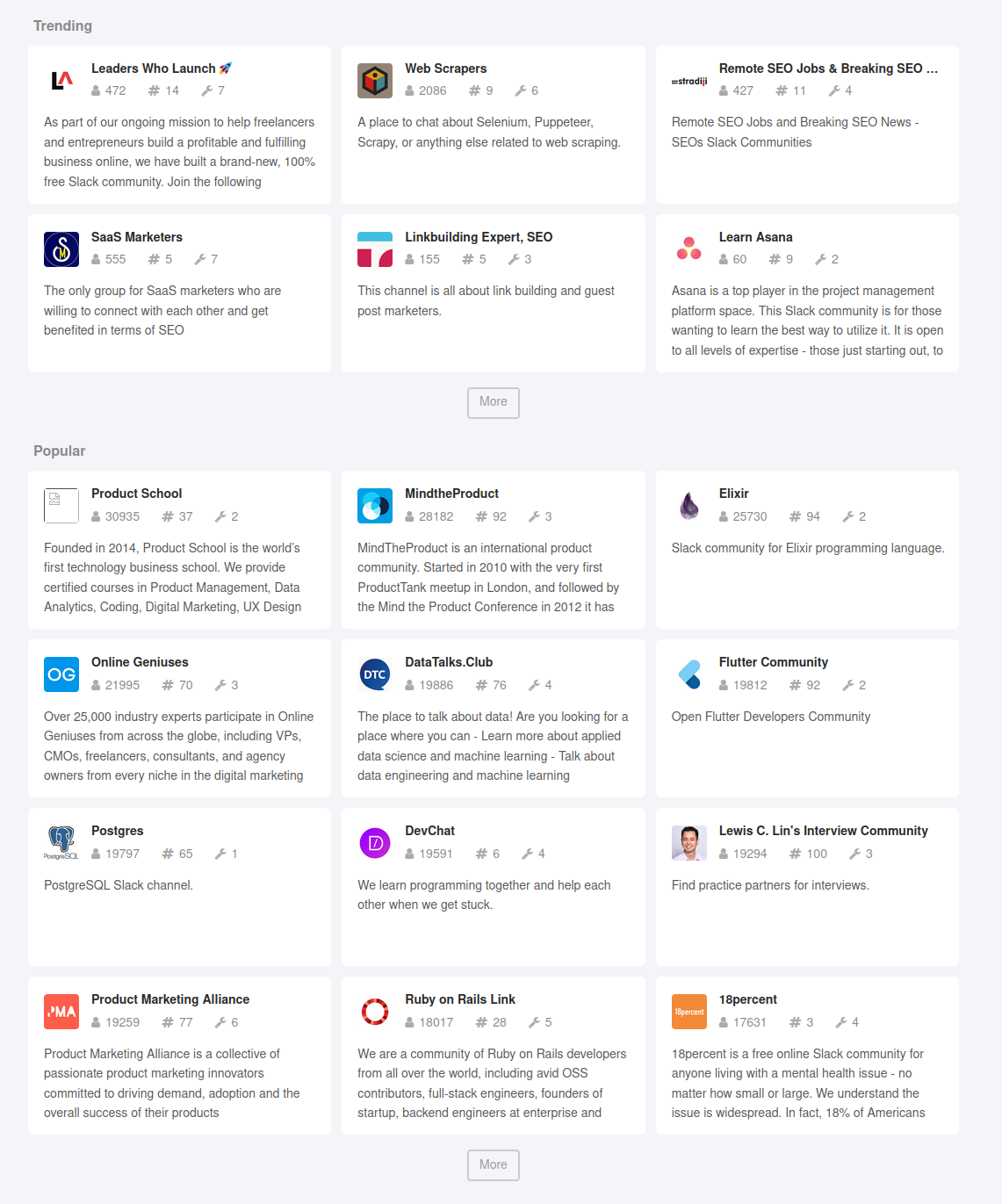Pay-per-seat pricing is killing the contributor-driven online communities
Everything is pay-per-seat nowadays. Pay-per-Seat or Pay-per-user is a Software-as-a-service pay-per-use pricing model, where rather than just paying for the license for using the software, the pricing of is based on the active user (usually per month) has become the new normal. Initially popularized through Slack—despite that company yet having to yield a profit—it has taken the industry by storm and even long-standing proponents of a single-price-scheme like Basecamp now offer a pay-per-user-per-month-scheme next to the super expensive “pro unlimited”-plan.
The best pricing scheme
And why shouldn’t they? This scheme offers the best of all worlds: little costs for small teams and when the teams growth, the costs profits scales proportionally. Even though the costs for the provider are probably irrelevant per user added, bigger teams also usually mean more need for support and figuring out the cliffs for your specific product is indeed pretty hard. Thus just charging for every user is an obviously attractive model. And you can even offer to use your product in a smaller subset for free, get the company to try and onboard all their users and only start to pay once they want the entire fully-featured version. Neat.
Until it fails
This works great for as long as the users are employees. An extra USD6 or 8 more per months are practically irrelevant for every (additional) employee added to a company (in the rich world) - salary, insurance, human resources all have higher costs per employee than that. But this logic applies only if the growth of number of users is proportional to the money available. It is actively harmful if the users are unpaid people, like in the case of online communities or volunteers for NGOs. They often grow and need to grow but can’t effort to pay a monthly sum for each new community member or volunteer.
Example case: Slack communities
Maybe because it was pretty user-friendly or maybe just because of familiarity, and even though you shouldn’t be using chat for that using a free slack instance is a reasonably popular community building tool for certain online communities. slofile.com lists 1167 public slack groups as of the time of writing:

Now let’s assume your community came into some money, maybe a 2-3kUSD/year (which is already a lot for an online community of a few hundred people). An obvious improvement would be to switch the community tool from the very limited free plan (90day retention for messages are very little) to a paid one with more integration available. But with a pay-per-seat model this isn’t a gradual transition anymore but instead a steep cliff to get over: Even the smallest community in the screenshot above with 60 members would not be able to effort to switch to the pro-plan (at 6Usd/month we are at 4320USD/year). Bummer. They are destined to stay on the limited free plan.
While this is a nice growth model for anything that is being paid from the beginning and user growth is proportional with income. If there is any growth possible in a free model, switching into the paid plan becomes increasingly impossible for non-companies.
Even worse for the hybrid
This also applies for any hybrid organization and actively limits their ability to work and grow. Think of any NGO that has employees that manage a bigger community of (online) volunteers. This is a pretty common NGO model: enabling communities to organize. Here, too, a pay-per-seat model means the NGO just can’t invite all these volunteers in their own Microsoft Teams chats but have to have a secondary channel for the volunteer organizing. Creating an additional artificial barrier between the team and the volunteers thus making it harder for them to cooperate and have access to the same content.
While the mythos of silicon valley tech being for the overall good of society isn’t really believed anymore, this particular pricing scheme is actively excluding those smaller organizations, the volunteer-driven and online communities and hindering their growth.
Measure twice …
So think twice whether a pure pay-per-seat-model really serves you and the communities you want to serve. Slack could have become a super interesting online community platform but with its pricing model made this only something to grow within if you intend to spend a lot of money on it, too. Alternative models where the customers growth still benefits the provider exists: Discord for example doesn’t cost the community organizer anything for each new member, but benefits from the overall growth by selling their Nitro product to individuals; or as we do it in Acter where we offer additional pro-features on a per-space (aka community) or for individual supporter accounts-basis but allow access to the core product free of charge.
Another very interesting case to observe is Github: they offer very extensive resources and features in their free tier for public repos and only charge organizations for elaborate and resource-expensive features that clearly indicate an organization with deep pockets. Which also means they are hosting a lot of companies and individuals in their free plan they could otherwise squeeze money out of. It remains to be seen, whether that stays this way, especially when these pro-features like Copilot are loosing them money.